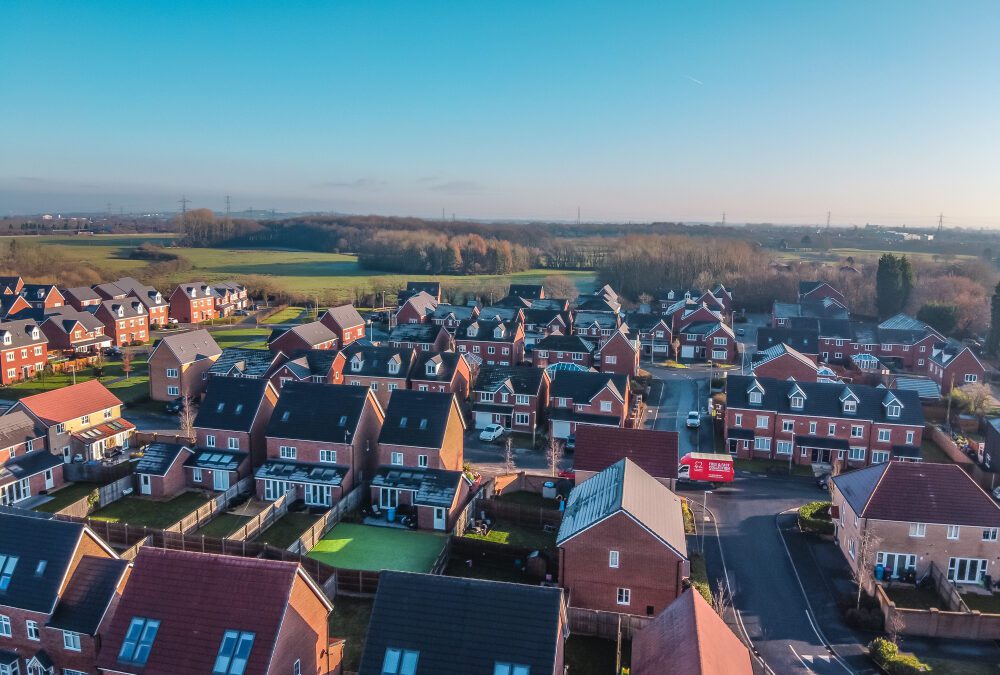The housing market has generally remained buoyant despite the increased cost of living and interest rate rises. However, prices have dipped very slightly in July, according to Halifax.
House prices fell slightly by 0.1% in July, which marks the first decrease since June 2021. Halifax says that annual house price growth eased to 11.8% from 12.5%. A typical property in the UK costs an average of £293,221.
‘While we shouldn’t read too much into any single month, especially as the fall is only fractional, a slowdown in annual house price growth has been expected for some time,’ says Russell Galley, Managing Director of Halifax. ‘Leading indicators of the housing market have recently shown a softening of activity while rising borrowing costs are adding to the squeeze on household budgets against a backdrop of exceptionally high house price-to-income ratios.
‘That said, some of the drivers of the buoyant market we’ve seen over recent years – such as extra funds saved during the pandemic, fundamental changes in how people use their homes, and investment demand, still remain evident. The extremely short supply of homes for sale is also a significant long-term challenge but serves to underpin high property prices.’
London the most expensive area
London continues to show slower annual house price growth inflation than other UK regions, but the annual increase of 7.9% in the capital is the highest in almost five years. The average property price in London is now £551,777, up from £40,361 over the past 12 months. Unsurprisingly, London remains the most expensive place to buy a property.
Wales has shown the strongest annual house price growth, up by 14.7%, with an average home there costing £222,639. The South West of England is also performing well, with annual growth up by 14.3% and an average property price of £310,846.
Scotland saw annual house price inflation slow slightly from 9.9% to 9.6%. The average home in Scotland now costs £203,677.
Halifax believes that rising interest rates and increased living costs could mark a slowing of annual house price inflation. ‘Looking ahead, house prices are likely to come under more pressure as those market tailwinds fade further and the headwinds of rising interest rates and increased living costs take a firmer hold,’ says Galley.

